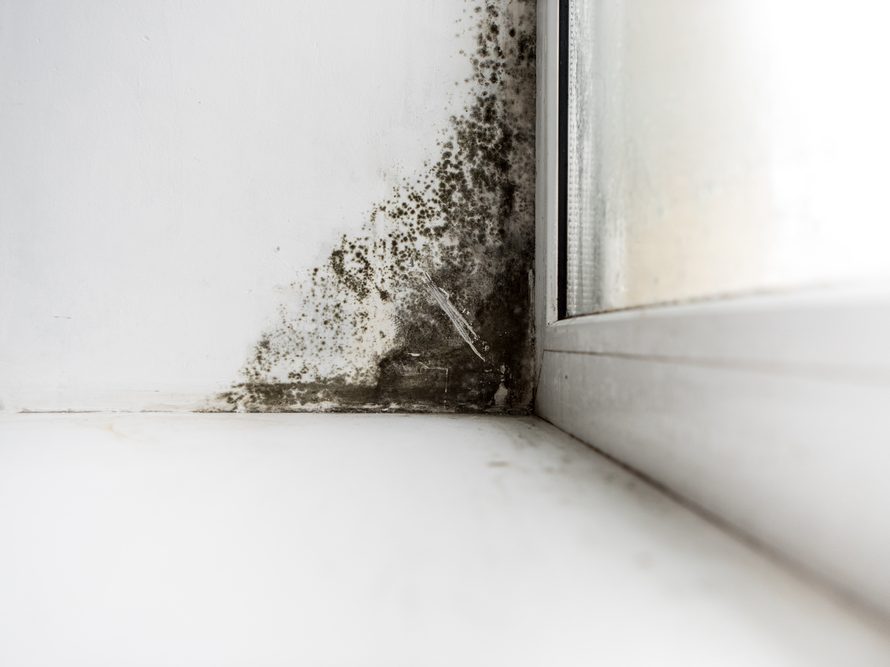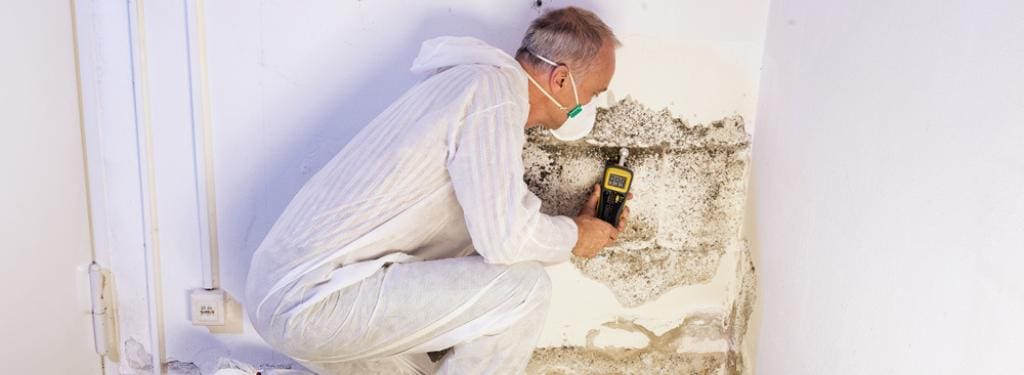After Mold Remediation Approaches for Clean Spaces
Wiki Article
Trick Tips for Successful Article Mold And Mildew Remediation
Effectively completing mold and mildew removal is a complex process that needs interest to information and adherence to particular protocols. These actions not only verify the success of the remediation efforts yet likewise contribute to avoiding future mold development.Evaluation of Treated Locations
Upon completion of the mold removal procedure, a complete assessment of the treated areas is essential to make certain the effectiveness of the remediation efforts. This assessment functions as an important action in the post-remediation stage to verify that the mold elimination and cleaning treatments were effective in getting rid of the mold problem and recovering a secure interior atmosphere. The assessment needs to be performed by certified professionals that have the know-how to examine the remediated locations meticulously.During the inspection, different factors are reviewed to figure out the success of the remediation process. These include aesthetic evaluations to look for any type of indications of mold and mildew growth or water damages, dampness levels to verify that the area is complimentary and dry of excess humidity that could promote mold re-growth, and air top quality screening to guarantee that the interior air is risk-free to breathe. Furthermore, the examination may entail making use of specialized devices such as moisture meters and thermal imaging video cameras to find surprise mold and mildew or wetness pockets that could lead to future mold troubles if left untreated. Overall, an extensive evaluation of the dealt with locations is critical to verify the efficiency of the mold removal initiatives and give satisfaction to the residents of the building.

Wetness Control Procedures
Reliable wetness control actions are necessary for stopping mold and mildew development and maintaining a healthy indoor setting. In addition, making use of dehumidifiers in wet areas can aid lower humidity degrees, making it harder for mold to grow.Frequently evaluating and maintaining the building's outside can also stop moisture intrusion. Post Mold Remediation Report. Ensuring that seamless gutters are clear, downspouts direct water away from the foundation, and the roof is in great problem can help avoid water from permeating right into the building. Effectively sealing doors and home windows can likewise help keep dampness out
Any leaks or spills must be cleansed and dried within 24-48 hours to stop mold and mildew development. By executing these wetness control measures, the risk of mold repeating can be significantly reduced, developing a healthier interior setting.
Appropriate Air Flow Analysis
An indispensable aspect of ensuring a healthy indoor environment message mold remediation is performing a complete evaluation of the air flow system. Appropriate ventilation assessment plays a critical duty in avoiding future mold and mildew growth and preserving air top quality within the affected area.Moreover, examining the air flow system includes analyzing the circulation of air throughout the location to recognize any kind of locations of bad circulation where wetness and impurities can build up. Correct air flow not only aids in managing moisture levels yet also aids in getting rid of air-borne mold spores and various other pollutants, consequently boosting overall indoor air high quality. By addressing any air flow issues post mold removal, homeowner can create a much healthier and much more comfortable environment for owners while decreasing the threat of mold and mildew re-infestation.
Cleansing and Disinfection Protocols
To make sure comprehensive mold removal, precise adherence to specific cleansing and sanitation procedures is necessary. Cleansing and disinfection protocols play a vital role in the post-mold remediation phase to prevent the reoccurrence of mold and mildew growth and ensure a healthy and secure atmosphere. The very first step in this process is the elimination of any type of visible mold development making use of suitable cleaning agents and methods. It is necessary to use EPA-approved fungicides and disinfectants to successfully get rid of mold spores and prevent their regrowth.After the first cleansing, comprehensive sanitation of the affected locations is necessary to kill any kind of remaining mold spores and prevent their expansion. This step is crucial in stopping the spread of mold to various other components of the building. Furthermore, executing preventive measures such as using mold preventions and keeping correct air flow can assist decrease the threat of future mold problems. By adhering to stringent cleaning and disinfection procedures, homeowner can make sure the successful removal of mold and mildew and produce a healthy and balanced interior atmosphere for passengers.
Surveillance and Maintenance Plan
Carrying out a routine surveillance and upkeep plan is vital for making sure the long-lasting performance of mold and mildew removal initiatives. When mold and mildew removal is testing air quality after mold remediation completed, it is critical to establish a surveillance routine to examine the success of the remediation procedure.Additionally, establishing an upkeep strategy is vital to protecting against future mold and mildew concerns. Regular maintenance not just helps in preventing mold yet also contributes to preserving a healthy indoor environment - Post Mold remediation cleaning.
Final Thought
To conclude, effective message mold remediation involves extensive examination of treated areas, application of wetness control steps, assessment of proper air flow, adherence to cleaning and disinfection methods, and establishment of a surveillance and maintenance plan. These crucial steps are necessary to ensure that mold and mildew growth is efficiently removed and avoided from persisting in the future. By following these standards, homeowner can maintain a safe and healthy and balanced environment for occupants.Upon completion of the mold removal procedure, a thorough evaluation of the treated areas is critical to make sure the effectiveness of the removal initiatives. These consist of aesthetic evaluations to check for any kind of indicators of mold and mildew development or water damages, moisture levels to confirm that the area is complimentary and completely dry of excess humidity that can advertise mold and mildew re-growth, and air quality screening to make certain that the interior air is safe to take a breath. Additionally, the assessment may involve using specialized devices such as moisture meters and thermal imaging video cameras to identify surprise mold or wetness pockets that might lead to future mold problems if left untreated. By resolving any kind of ventilation problems publish mold and mildew remediation, property proprietors can develop a healthier and more comfy environment for residents while reducing the threat of mold and mildew re-infestation.

Report this wiki page